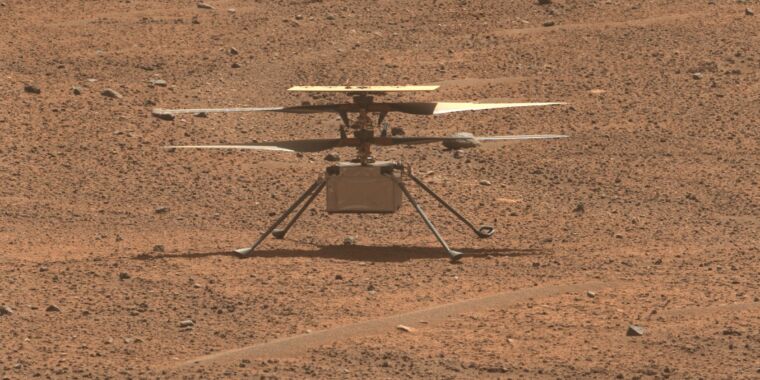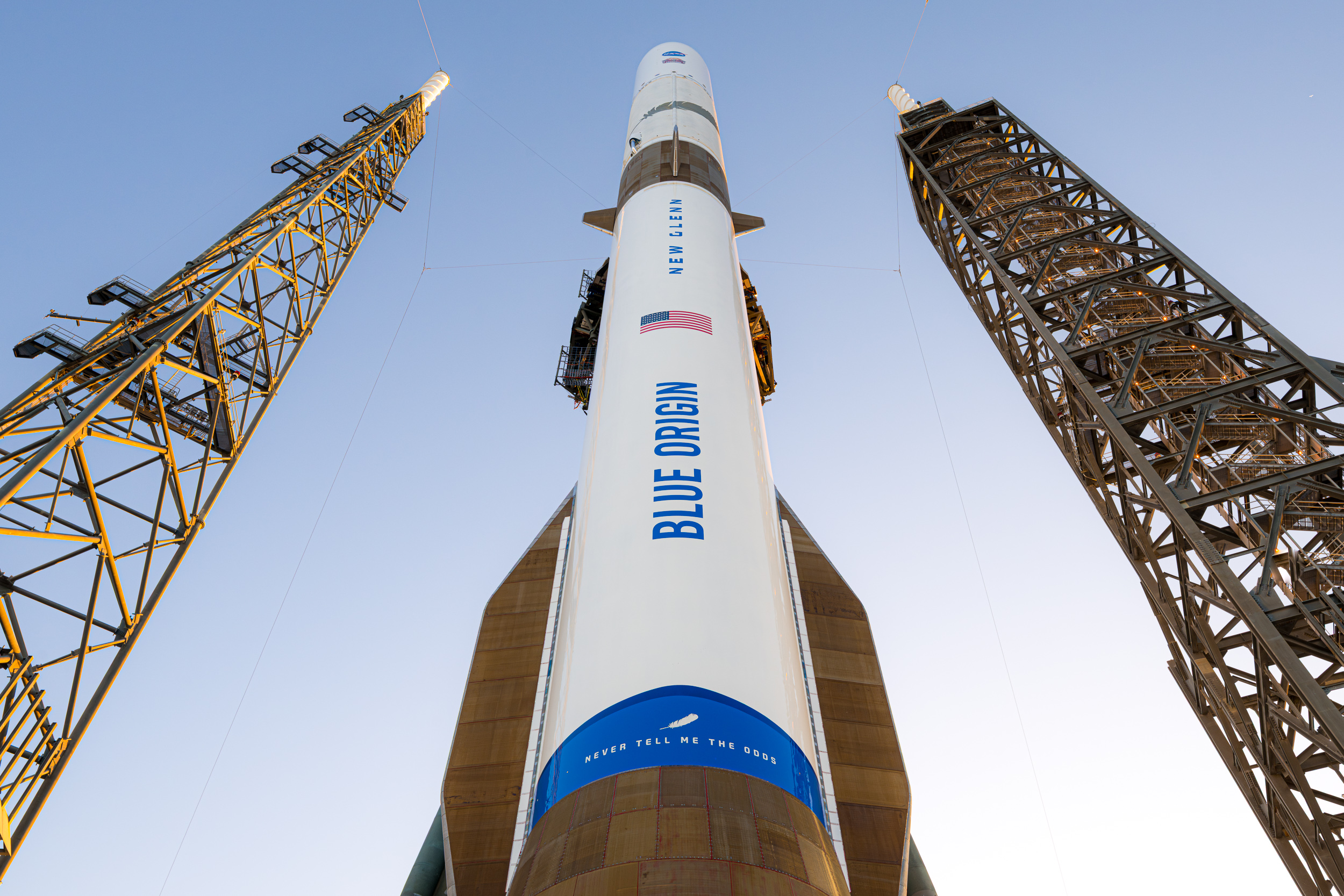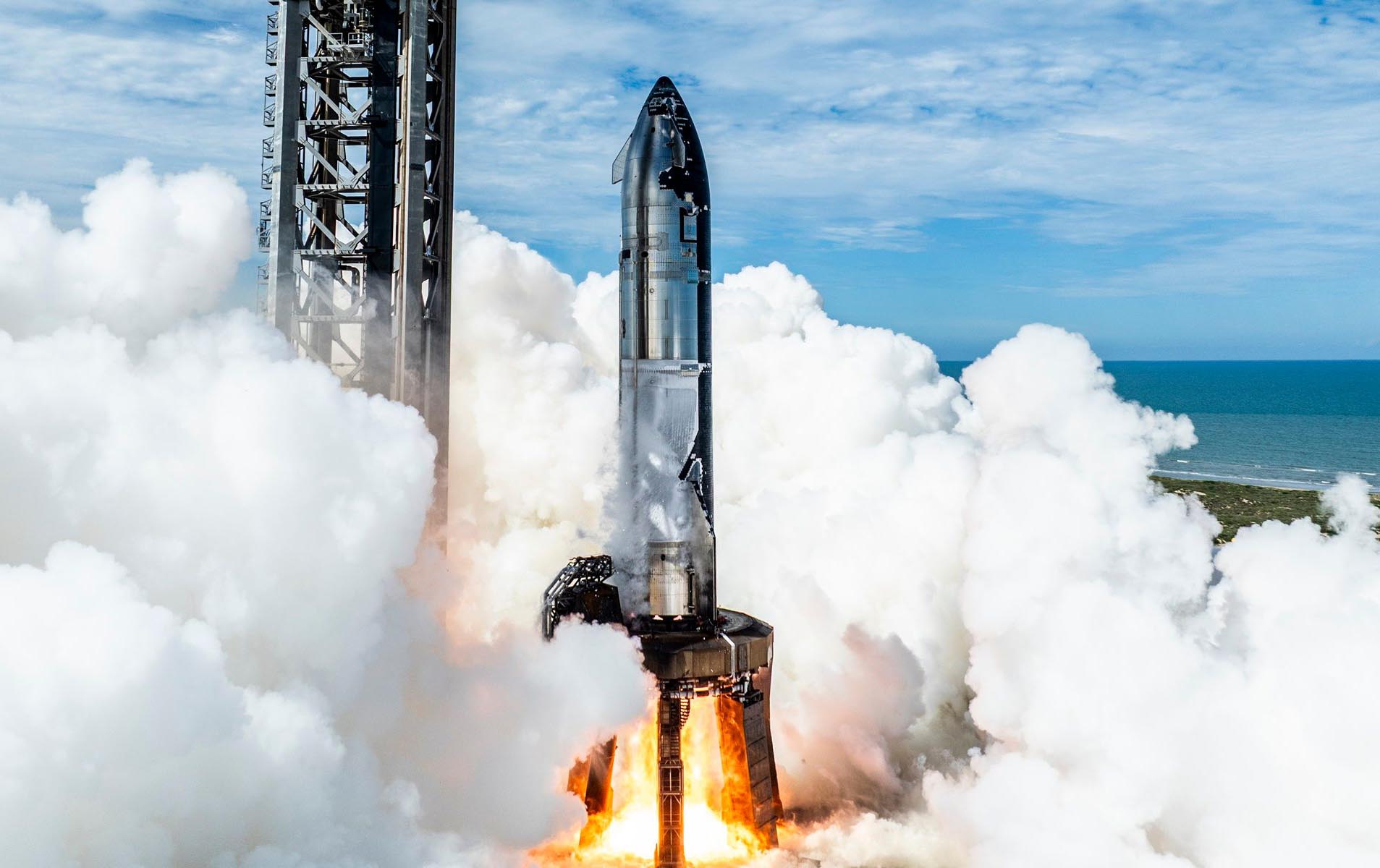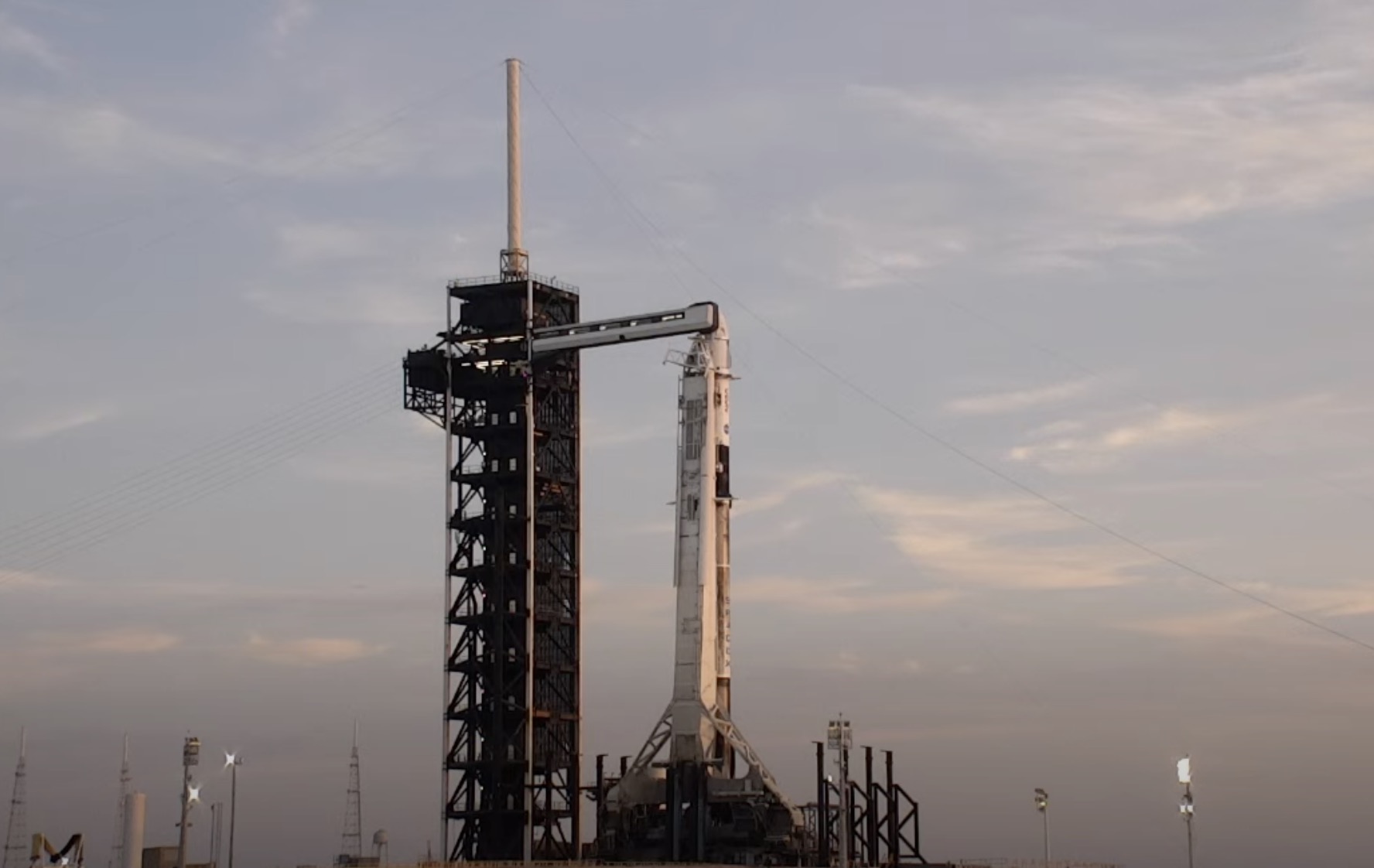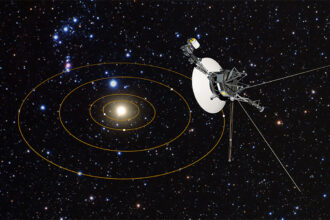The small helicopter rose to an altitude 5 meters above the red planet’s dusty surface and then touched back down in the same spot.
Ingenuity’s most recent flight on August 3 was nonetheless an important one for the helicopter. That’s because, on its 53rd flight in late July, the helicopter automatically aborted a planned flight of 136 seconds after just 76 seconds and made an emergency landing.
After the flight, the helicopter’s operators at NASA’s Jet Propulsion Laboratory determined that the premature landing came after images from Ingenuity’s navigation camera did not match data from the vehicle’s inertial measurement unit. In short, its on-board computer expected to see one thing, and it saw another.
“Since the very first flight, we have included a program called ‘LAND_NOW’ that was designed to put the helicopter on the surface as soon as possible if any one of a few dozen off-nominal scenarios was encountered,” Teddy Tzanetos, team lead emeritus for Ingenuity, said. “During Flight 53, we encountered one of these, and the helicopter worked as planned and executed an immediate landing.”
The helicopter’s flight last Thursday was to gather additional data about the conditions that prompted the previous flight to end early. After the latest flight, Tzanetos said the helicopter team feels confident that Ingenuity can get back to flying more rigorous missions soon.
During some of its past flights, Ingenuity has flown for nearly three minutes at a time and traversed as far as 700 meters across Martian terrain. In fact, after landing on Mars more than two years ago as part of the Perseverance mission, the helicopter is arguably one of NASA’s greatest exploration feats of all time.
